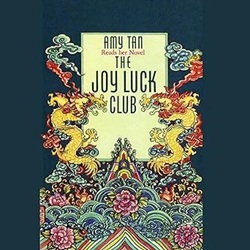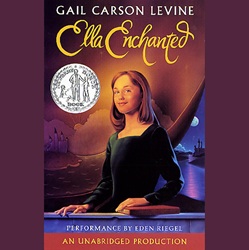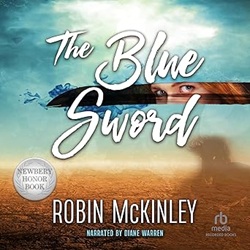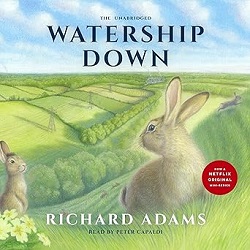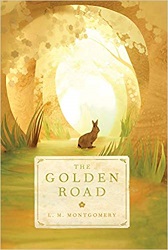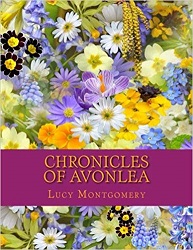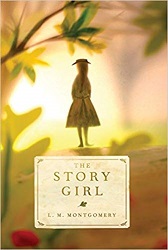 Caravan
Caravan
by Dorothy Gilman
Doubleday, 1992. 263 pages.
New Review written March 31, 2025, from my own copy.
Original review written January 19, 2002.
Oh dear. I am now embarrassed that Caravan, by Dorothy Gilman, has long been one of my all-time favorite books. It’s not that it didn’t hold up; it’s that my eyes have been opened to cultural stereotypes. And I’m a little bummed! Shout out, though, to Pam Margolis and the Cultural Competency Training that everyone involved with the Cybils Awards takes.
They opened my eyes.
Here’s the background. I’m running a series of posts I’m calling Sonderbooks25, celebrating my 25th year of posting Sonderbooks. As part of the celebration, I’m choosing one book from each year’s Sonderbooks Stand-outs to reread. In the case of my 2001 choice, The Sand-Reckoner, by Gillian Bradshaw, I wrote a new review and posted it in the newer format. (The first five years of Sonderbooks were posted in a different format and you won’t find them listed in the current indexes.)
I’m afraid I’m not going to do that for Caravan, because although I still love the book, and, wow, it stirs up all kinds of memories from who I was when I read it (I’d read it more than once before reviewing it in 2002.), I’m afraid with opened eyes, I’m not going to recommend it so heartily. So I will add this explanation to the top of the old review and leave it there for those who dig deeply into my website. And on this blog post.
The book is the story of Caressa Horvath, who’s sixteen years old when the story opens in 1911. No, let me revise that – the Caressa telling the story is old, at the end of her life, and revealing secrets especially for her granddaughter, but the tale she tells begins when she was sixteen.
Caressa grew up in a carnival, but her mother wanted her to be a lady, so she saved money and sent her to a school for young ladies in New England. But while she was a student, she picked the pocket of a rich gentleman who was well-traveled – and he caught her. He kept quiet about it, but took her under his wing and eventually married her, despite being twenty years older – to “protect” her. And he took her with him on an expedition to Africa, beginning in Tripoli.
After some time in Tripoli, where her husband made arrangements for their caravan and Caressa befriended her Muslim guide, who showed her around the city, they set off across the desert. They’ve paid off the Tuareg to cross. But before long, they’re confronted by a different group of Tuareg, and Caressa’s husband gets very indignant when they want payment – and the entire caravan ends up getting slaughtered – except for Caressa, who had been playing with her finger puppets to calm herself (one of which is named “Mr. Jappy”) – and they think she is doing magic, so they spare her life and take her with them.
So that’s where the cultural sensitivity becomes questionable. Caressa is much, much more culturally sensitive than her husband, seeing everyone she encounters as actual people. She goes on to live in the desert, among different desert peoples, facing different dangers, for three years. For most of that time, she has a friend and companion in a boy named Bakuli who learned basic English from Christian missionaries and calls himself a Jesus-boy. He was a slave of the Tuareg, but he is the one who warned Caressa that when one of the villagers is on their deathbed, that will be enough to convince them that her magic – which saved her from slaughter – is actually bad and she should be killed.
So Caressa and Bakuli escape together and have more adventures, with time living among different desert people. Later, they’re in a caravan again, and Caressa witnesses a man getting assassinated. She’s afraid the assassin will kill her, but instead when she’s sick from lack of water and the long road – he sells her into slavery. She convinces Bakuli to escape while she is still too sick to leave, and now she’s ready for a major part of the story.
All of that is far, far more riveting than it sounds in my brief summary. And the author makes individuals with names and personalities out of the people Caressa encounters and lives with. However, there are strong shades of the “Magical Negro” trope in the many spiritual encounters Caressa has along the way, finding there’s something behind the villagers’ beliefs. They are also portrayed as superstitious and sensitive to spirits – but Caressa senses the spirits, too, so maybe it’s not superstition? And the slaughtering, enslaving, and assassinating give the feeling that the “savages” stereotype isn’t too far under the surface.
Okay, but that’s a little vague and general. I don’t know what life was actually like at that time in Africa, and at least the author did enough research to know about the different people groups and languages and where they lived, and Caressa sees and names individual people.
But then came the part that made me blanch after “Me Too”:
Caressa had been enslaved, and they were taking her to a harem in Constantinople, when a stranger buys her. And the first thing he does is order her to take off her clothes (in Hausa), and he rapes her.
But Caressa’s mind is blown by the sex. “I was played on like an instrument, reaching sensations never dreamed of.”
Really? She’s just been sold as a slave, raped by the guy who bought her, she’s scared and alone, and you want me to believe that he’s so good at it that she enjoyed it?
When she says “Good heavens” after sex, he discovers that she speaks English and is shocked – her skin was dark by all the time in the sun. He is a Scotsman – who has the Sight, which is what led him to Caressa, though we don’t find that out right away.
She does confront him when he exclaims over her speaking English and asks who she is:
What does it matter to you who I am? You bought me for four gold pieces and now you’ve raped me and you’d have done it whether I was Tuareg, Hausa, Fulani or Arab, so why should it make any difference who I am, and I hope you speak enough English to understand that I think you a vulture – an ungulu – a monster and a bastard.
His answer comes in a hard even voice:
I speak and understand English and I paid four gold pieces for you for reasons I don’t care to mention just now, and I took you fast to put my brand on you because if you were a Tuargia you’d think ill of me if I didn’t, and be out of here by morning.
So, hold on, he’s saying that if she were Black it would have been okay???!
The next day, although she “could not help but dislike the manner of his ‘taking’ me,” she realizes that as a slave, she could have had it happen with a Targui or by the Turkish sultan. (Again, it’s okay, because he’s white???) And then she starts remembering those new sensations she’d experienced – and they have sex again, and from then on, he’s basically her one true love.
And now I am embarrassed how much I’ve loved this book.
Mind you, the twist in the ending is fantastic, and that’s what I’m left thinking about. I am a romantic at heart, so I did love their undying love once it got started – pulled together by the Sight! By Destiny! (Not simply the Magical Negro stereotype, but also the Magical Scotsman.) Caressa’s not in a traditional marriage, and it felt subversive to me as a young married evangelical to love this book anyway. But reading it this time, the manner of their meeting takes my concerns about cultural insensitivity and multiplies them.
And I still enjoyed rereading this book! But when I finished it, I had a bout of insomnia because I kept thinking about young newlywed Sondy who first read it and how that worked out (or rather, didn’t).
So – I still love the book, but that love is dampened in my skeptical old age, and I no longer feel I can wholeheartedly recommend it. But reading it was still a trip down memory lane and I’m excited about the rest of the revisiting I’m going to do for Sonderbooks25.
